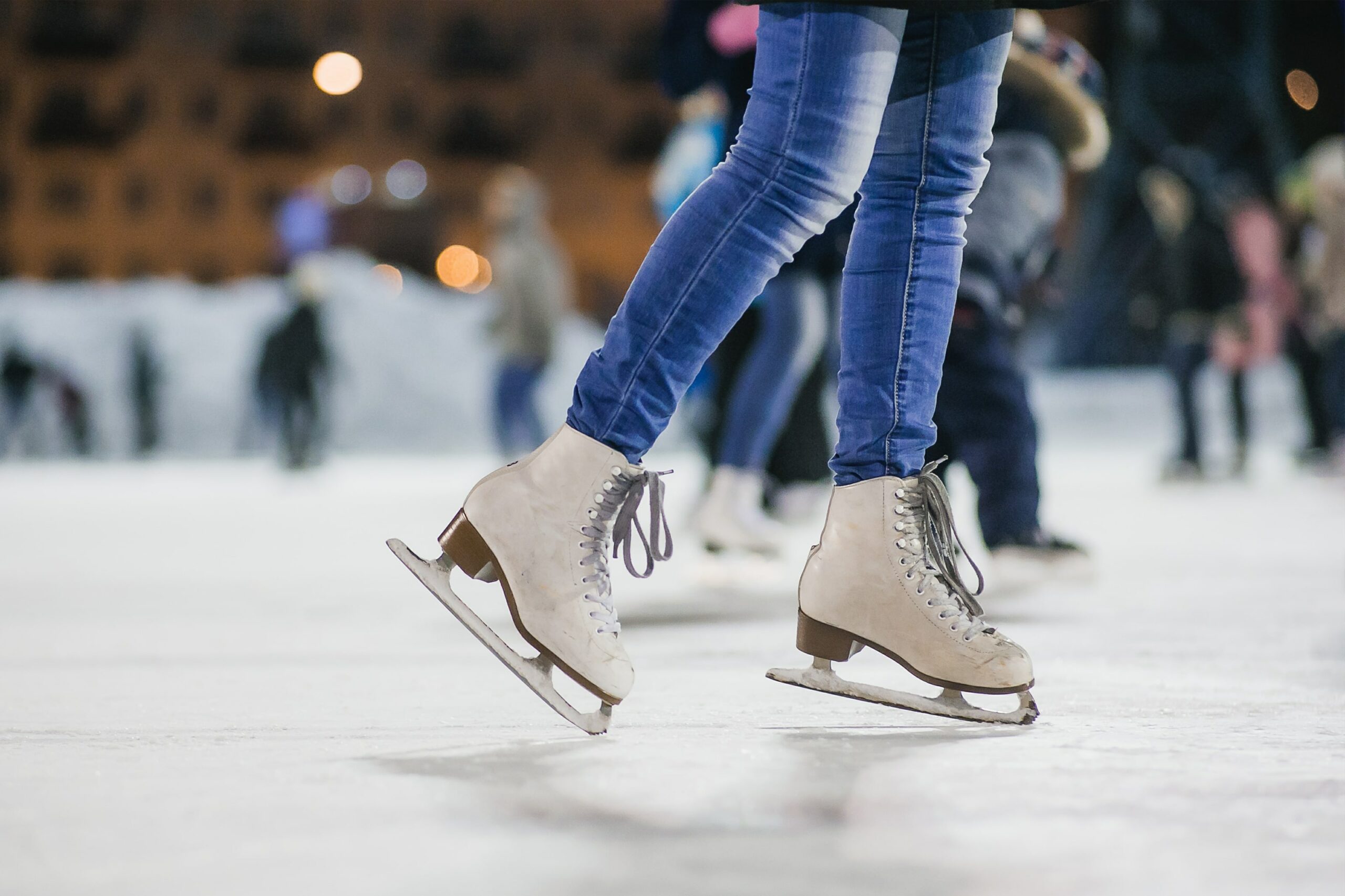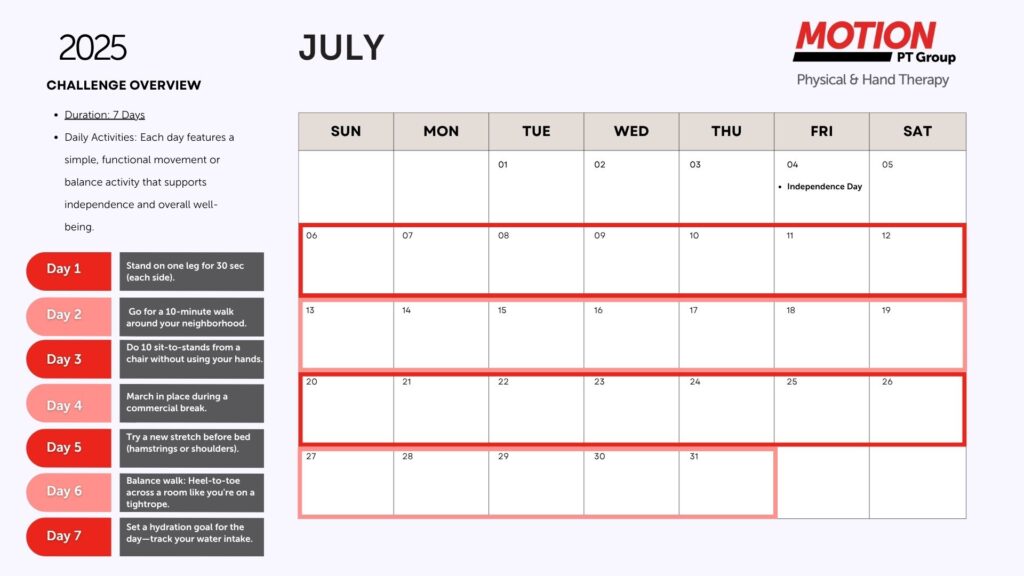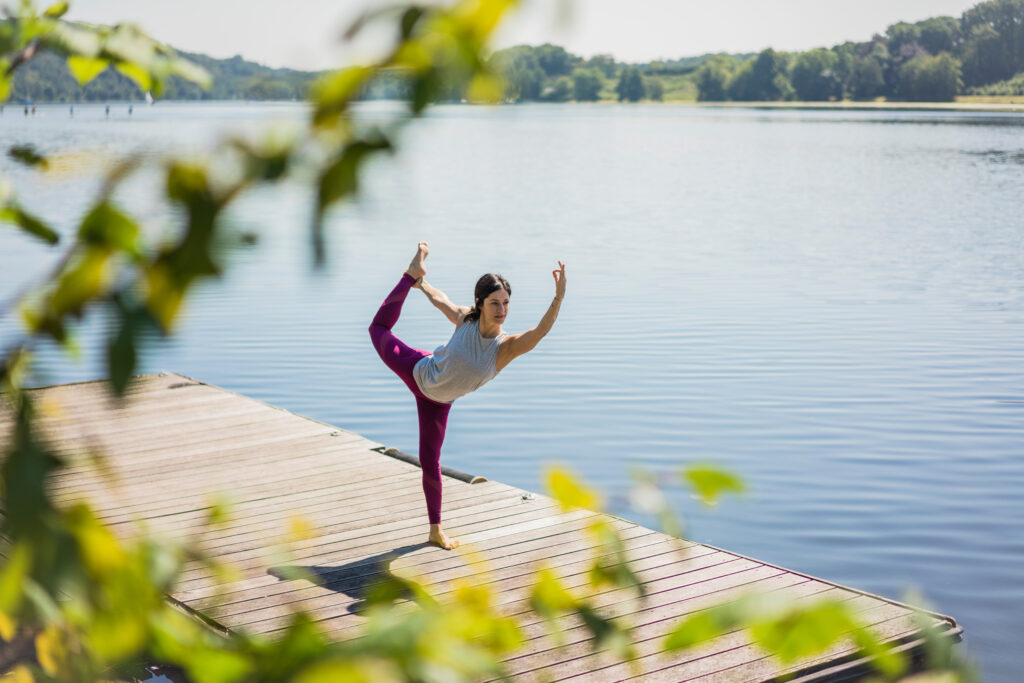As winter blankets the landscape in a glistening layer of snow, the allure of skiing, snowboarding, and ice skating beckons enthusiasts to embrace the season’s chilly delights. While these activities promise exhilaration and picturesque moments, it’s crucial to prioritize safety on the frosty slopes and icy rinks. Join us as we explore essential tips from physical therapists, ensuring your winter escapades are not only thrilling but also injury-free.
1. Prep Your Body:
Before hitting the slopes or the rink, engage in targeted exercises to prepare your body. Strengthening your core and lower body muscles enhances stability, reducing the risk of injuries. Include squats, lunges, and balance exercises in your pre-winter workout routine to fortify the muscles that play a key role in winter sports.
2. Gear Up:
Invest in quality, properly fitted gear. Whether it’s ski boots, snowboarding bindings, or ice skates, ensure your equipment is in good condition and suits your body’s unique requirements. Helmets are your best defense against head injuries. Consult with professionals to guarantee your gear is tailored to both your skill level and physical needs.
3. Warm-Up Rituals:
Cold muscles are more prone to injuries, so warm up thoroughly before venturing onto the snow or ice. Dynamic stretches and light aerobic activities increase blood flow, preparing your muscles and joints for the demands of winter sports. Take the time for a comprehensive warm-up; your body will thank you.
4. Know Your Limits:
Pushing boundaries is part of the allure of winter sports, but understanding your limits is crucial. Listen to your body and recognize when fatigue sets in. Taking breaks not only prevents overexertion but also reduces the risk of making hasty decisions that can lead to accidents.
5. Technique Matters:
Enlist the guidance of a certified instructor to ensure you grasp the correct techniques for skiing, snowboarding, or ice skating. Proper form not only enhances your performance but also significantly lowers the likelihood of injuries. Learning the right way from the start sets a foundation for a safer and more enjoyable experience.
6. Listen to the Pros:
If you’ve had injuries or conditions that might impact your winter sports experience, heed the advice of your physical therapist. They can provide personalized guidance on exercises, precautions, and strategies to ensure a safe and enjoyable winter season.
This winter, embark on your skiing, snowboarding, or ice skating adventures with confidence. By incorporating these tips from physical therapists into your routine, you’ll not only amplify the joy of winter sports but also safeguard your well-being amidst the frosty splendor. Stay safe and savor the magic of the season!




